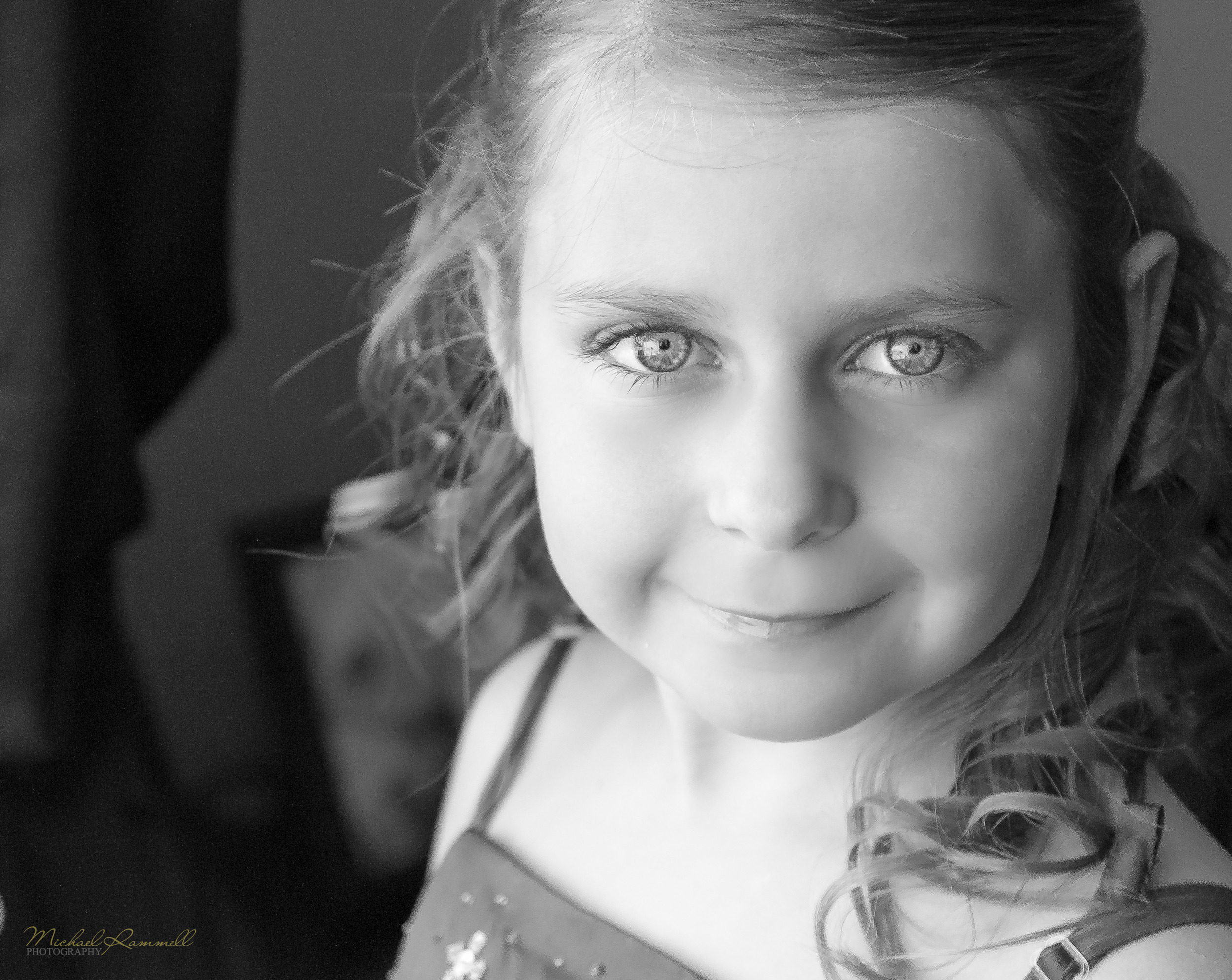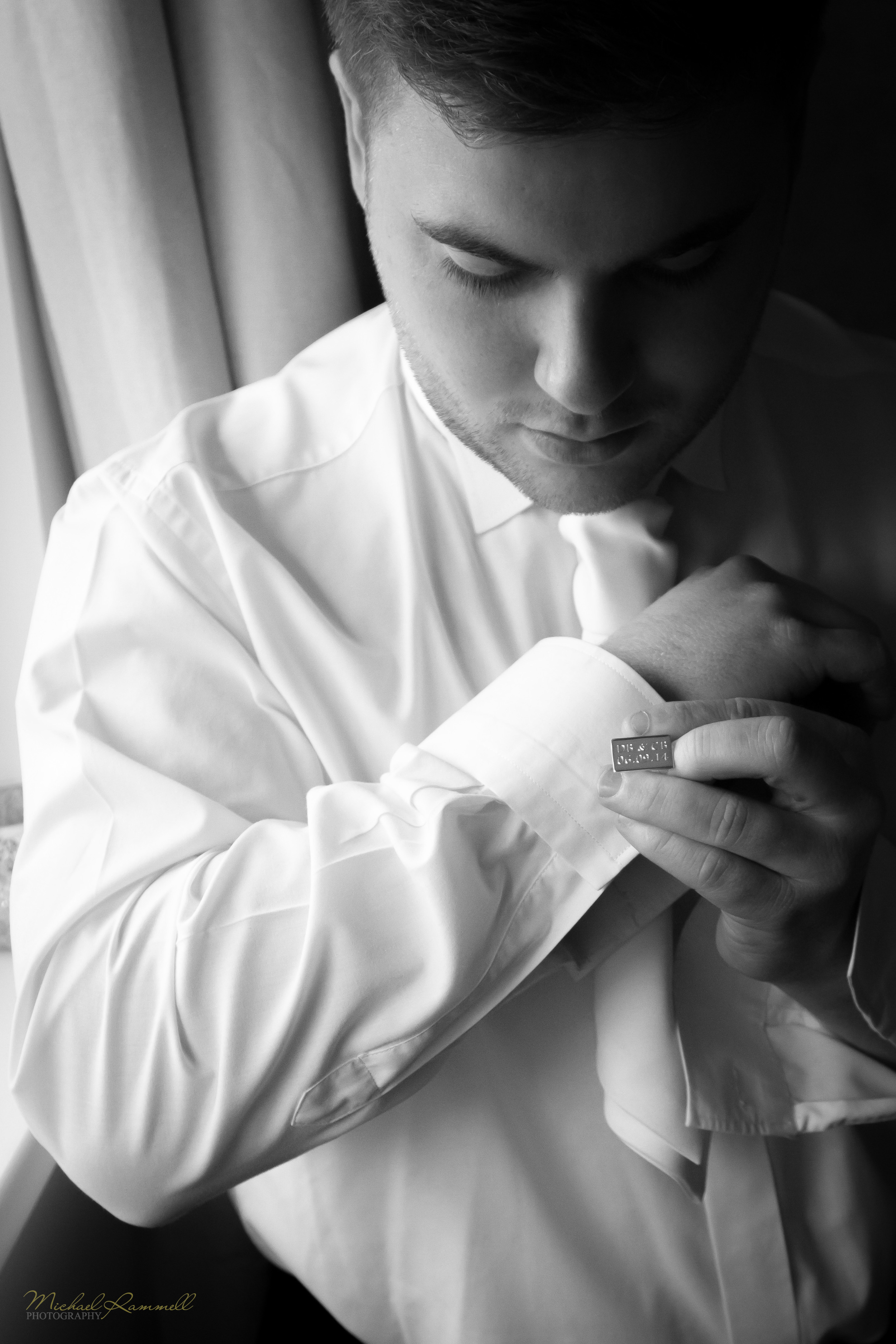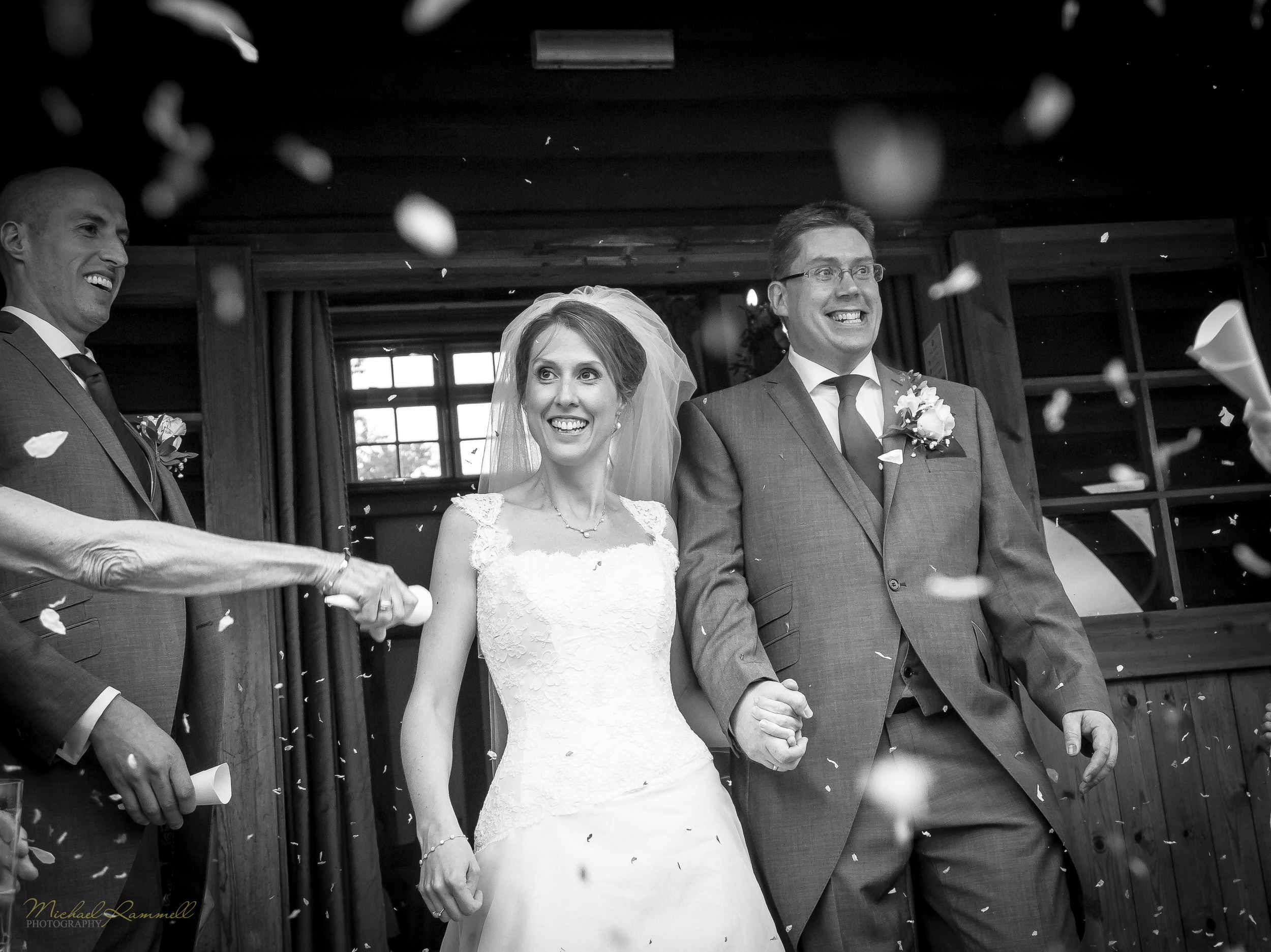
Top 10 from 2014
It's fast becoming a custom among photographers to reflect on the year that has just passed and look back at the photographs they've taken. It's a great exercise to really help a creative take stock of where they were, and how they developed over those 12 months. I did this last year by sharing my favourite 5 photographs, which took me a long time to find as I'd taken thousands of photographs. Some were at weddings, some were at home with the kids and others were for fun and personal projects.
This year however things are slightly different for me. The saying goes (and I preach it more than most) that gear doesn't matter when it comes to photography. But 2014 saw me moving into the world of Mirrorless cameras which are inherently different to the 'traditional' DSLR. I personally invested good money in an Olympus camera and a set of prime lenses, which for me was a departure from my setup of the years previous as I would usually have been spotted with my trusted and much loved 70-200mm f/2.8 much of the time. 2014 was the year of the 17mm (34mm field of view) prime lens though.
One thing I would say is that my own photographs of my children would easily have made all the top 10 in this gallery in 2014, but seeing as I don't share photographs of them online, I've gone for photographs of other things. The beauty of the Olympus (sorry if this is sounding like an advert) is that it is so small, so light and so convenient that it's just like a point and shoot, yet it has all of the manual controls and all of the necassary components to make photographs that stand toe-to-toe with DSLR RAW files (as I hope is demonstrated below in the 10 photographs I've chosen to share with you)
So, as much as gear doesn't matter, my photographs in 2014 were sure to take on a whole different feel because of the equipment I ended up using for much of it.
I'll get to sharing my favourites shortly, but i also want to share some numbers too:
Total photographs taken in 2014: 26,797
Taken with Canon DSLR: 14,208 (53%)
Taken with Olympus MFT: 12,589 (46.9%)
What these numbers don't really illustrate though is that I take far fewer shots with the Olympus per shoot. My keeper rate is higher thanks to the EVF: it's hard to accidentally over or under expose an image, even in a pressure situation, because what you're seeing is the resulting image. Further more it just doesn't lend itself to a machine gun approach. So, that means that even though just under 50% of my total photographs for 2014 were with the Olympus, you could still say I used it more regularly, but just took fewer frames with it.
Anyway, let's move on. If you've read all this way, thank you very much for considering interesting enough to do so. If you've read this far and thought it was all trifle, sorry...here are the photographs :D :
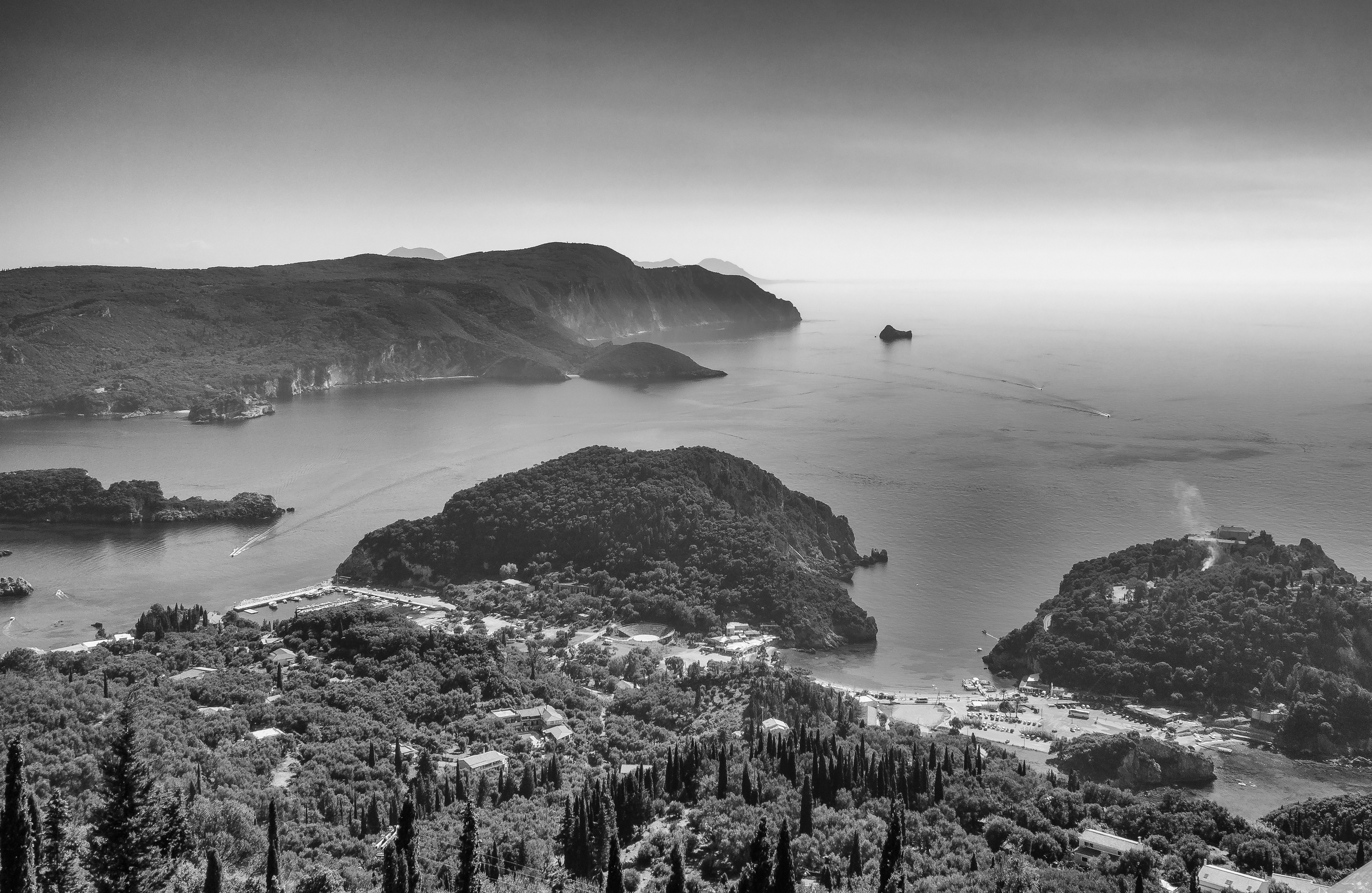
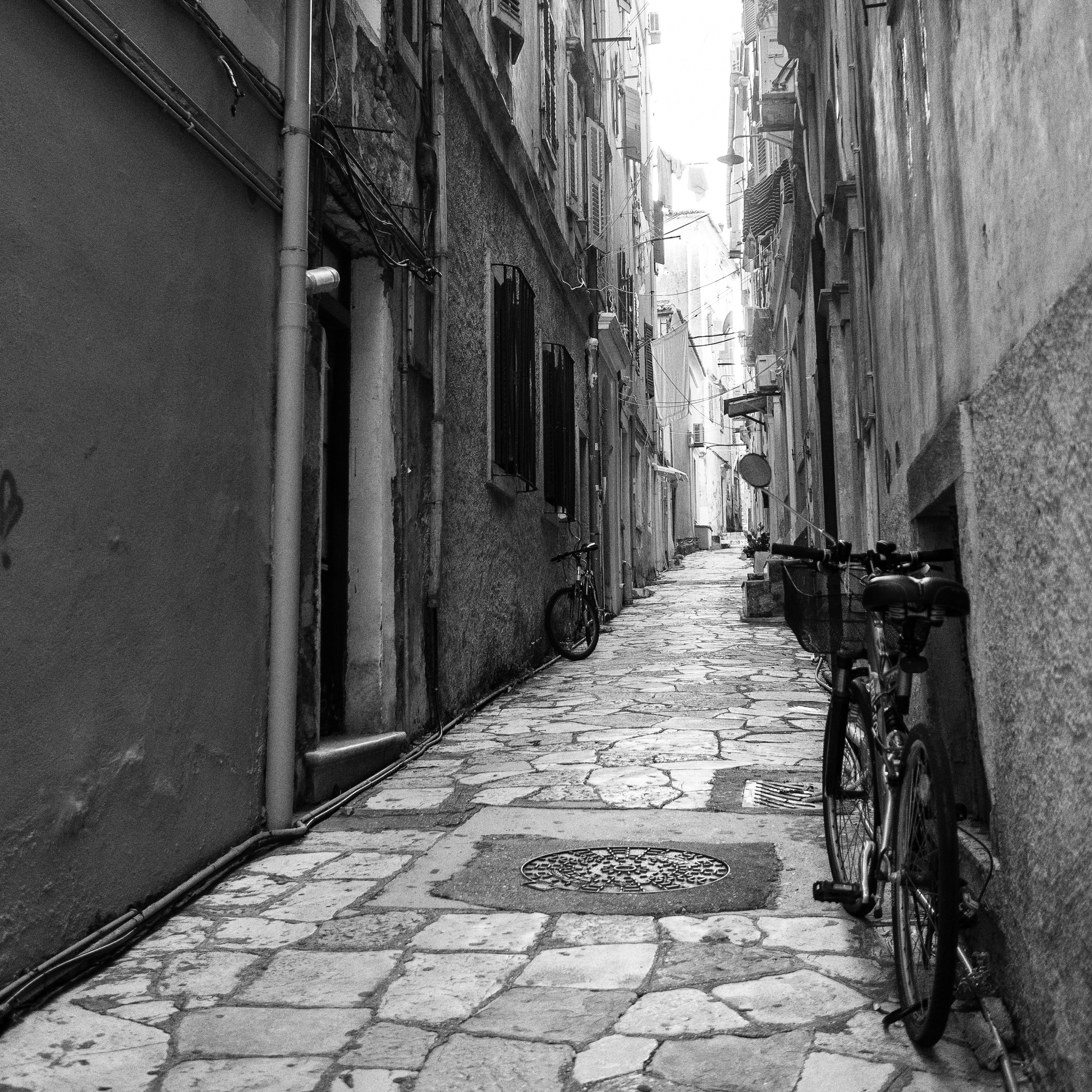








What these numbers don't take into account though is that for each wedding I'm shooting upwards of 1500 - 2000 photographs. I'm also shooting far, far fewer frames with the Olympus (with a higher keeper rate too thanks to the Electronic Viewfinder). So, in summary I have been out shooting and using the Olympus more than the Canon, but when I have the Canon in my hands I tend to make more frames in a shorter period.
So, as you can imagine my photographs and my approach have all been adapted and changed over the past 12 months. Whilst this has meant my photographs have ended up looking different to 2013 in terms of composition, post processing etc, it has also allowed me to enjoy my photography far more as well. I'll probably expand on exactly why that is in a week or so right here on the blog, so subscribe if you're interested to hear more and find out why.
For now though, here are my favourite 10 photographs from 2014. These are a combination of photographs I've made for myself and there are a couple of client photographs in here too. If you're interested to see my best 10 photographs for clients, check out my wedding website - RammellPhotography.com
Using brushes in Lightroom
Don't you just love Adobe Lightroom? It's neat and simple: no need to worry about layers and all that jazz (If that's not your kinda thing). It contains most of the tools you'll need to really polish a good photograph and improve it.
Adobe Lightroom, more than anything, is really designed to help you batch process images quickly and If you ask me it does it very well, but if you're just looking at a small selection of images it can still be tempting to sometimes whizz through them and rely 100% on the sliders. Again, if that's your style that's fine. But Adobe Lightroom is more than just sliders and batch-processing...
Brushes
Adobe Lightroom's brush tools are effective! Please don't forget about them. There are often occasions where you don't want to apply a change to the entire photograph through a slider: for example clarity, sharpness or even exposure. But, at the same time taking that photograph over to Photoshop can feel like a real chore, so this is where Lightroom's brush tool is your friend: selectively lighten the eyes, selectively brush some clarity onto a face or even just brush a little vignette to two of the corners, instead of all 4. The brush tool unlocks a whole set of other possibilities for post processing to compliment the use of sliders.
In this video I talk about how I use brushes to further enhance a photograph that you wouldn't otherwise be able to do with sliders alone. I show you how to go from this, to this:
Please note that I know that brushes may not be to everyone's liking and the brush work demonstrated in this video is rough and fast, but for those who don't have Photoshop or prefer to stay within Lightroom - this may be just the thing you need to take your editing to the next level.
Enjoy!
Photographers: Are you Investing or just Spending?
Part of the journey of becoming a photographer nearly always includes buying way too much gear, spending too much money and then realising you need a whole different set of equipment and then buying it all again. It just seems to be one of those check boxes people tick first when they're on their way.
However, this process of replacing all our gear all too often becomes a cycle: We upgrade from our mid-range DSLR to a top of the range DSLR. Then from there we add more new lenses. Then a new model of our camera is released and so we 'upgrade' yet again. This goes on and on. This of course isn't just something that happens in the world of photography though, I'm sure chef's, cyclists, car lovers and so many other markets have the same cycle too. It's all a result of great marketing by those companies: to drive desire for their products and to create a perception of need. This is especially the case in the world of photography though. We all want to be better photographers and make photographs that our clients AND our fellow photographers will admire and one of the ways these companies convince us we can do that is by spending more money on their products.
Whilst this is all good and we are all welcome to spend our own money on whatever we want, what I see missing in some people is the business-mindset: are you running your photography as a business? Or are you just spending money on stuff and telling others and yourself it's all for the business
Those constant upgrades may make you happy, but are they good for business? Do they bring in more profit? It's time to curb the gear lust and think about whether that new mark 2 body or macro lens is really good for business.
Are you spending money or investing money?
It's completely up to us as photographers what we spend our money on. It's not my place to tell you that the third camera body is not an investment and it's certainly not up to me to stop you from spending money. The idea of this post today is urge you think more like a business (if you are in the business of photography) and to consider whether that thing you're about to buy is worth it.
So, why is it that photographers spend so much on gear? Why is it that we believe that spending that extra £1,000 on something will make us immeasurably or even noticeably different? More importantly though the questions any working photographer should be asking themselves when buying new gear are:
- "Will it earn me more money?"
- "Will the client notice the difference between now and with the new thingy"
- ("Will the client pay more when I use the new thingy?")
- "Will it make my job faster, thus saving me money?"
- "Will it add a unique selling point to me, my business or my work that no other photographer has?"
When it comes to lenses and camera bodies, the answer in most cases to all of the above questions is simple: No.
That upgrade for the 70-200 is not likely to actually make you more money next year vs the amount you could make with your existing 70-200. Furthermore, I doubt the client will notice the difference between the two lenses either on the day when you're using them, or, in the resulting photographs.
Now, there is of course another question and that is "Will this purchase make me happy?" and the answer to that question is almost always 'Yes', at least to begin with. Then that piece of gear becomes a part of the bag and then settles into it's place as 'Just another piece of gear'. Often this is where we fall down, we have those 5 logical questions I mention above, but we disregard them all and place the purchase of that new shiny thing under the 'It will make me happy' category.
If you want to make more money as a photographer you need to increase your prices, be more profitable or shoot for more clients (all of those can work in combination too of course) so if that is the ultimate goal; if we are looking to build a sustainable livelihood and pay our bills, we need to be serious and responsible with our spending and think with our business heads, not our gear-lusting hearts. Sure, on occasion it will get the better of us and we'll buy something we don't necessarily need but have wanted, but that's the nature of being in the world of photography: we're attracted to tech, gadgets, glass and all that other stuff.
Diminishing Returns
Now, all of this said there will be purchases and upgrades that solve our problems and enable us to better realise our creativity, and that's fine also, but the best way I've ever heard this put was by David DuChemin, who talks about upgrades as 'Diminishing Returns' - the idea that the huge outlay you're about to make for an upgrade, will get you a very small and disproportionate improvement. David and I spoke about this for Ready Steady Pro Episode 16 and David also spoke about this extensively in what was one of his favourite blog posts, titled 'Towards Mastery, Again'.
David Says:
But isn’t it possible we've passed the point of diminishing returns and our hunger for gear is outpacing our hunger for beauty, compelling stories, great light, and amazing moments?
So, whilst I don't want to offer any strict 'advice' with this post, or guidelines or suggestions for that matter, all I want to do is get you to think about whether that new camera, lens, tripod etc is actually solving a problem for you. Will it help you to produce noticeably better photographs to those who pay you? Are you investing money in your photography business for the benefit of your product? (your photographs) or are you just lusting over gear and using being a professional photographer as a cover to justify the purchase?
Either way is fine, but please give it some thought.
As always, comments, criticism, thoughts and feedback welcome. You know what to do: just leave a comment below
5 Day Black and White Photography Challenge
In the photography world there is a bit of a viral craze going on at the moment called The Black and White Challenge. The idea is that one photographer will challenge another to post a black and white photograph every day for 5 days in a row. With each photograph that photographer shares on social media they then have to nominate another photographer to take on the same challenge.
It's a great little challenge and one I thoroughly enjoyed. As you may be able to tell from my Portfolio I'm rather partial to a black and white photograph! :)
The result of all of these challenges is that Facebook, Twitter and other social media platforms are all filled with some beautiful black and white photographs.
I was recently nominated by a photographer friend of mine Nicola Rowley over on Facebook. It was actually the second time i was nominated - the first time I was nominated was Mary Angelini.
Thank you both for nominating me guys!
Today I want to share with you the photographs from my most recent nomination to take part in this challenge. I decided that this time around I would choose wedding-related photographs from the past 12-18 months. Here are the 5:
